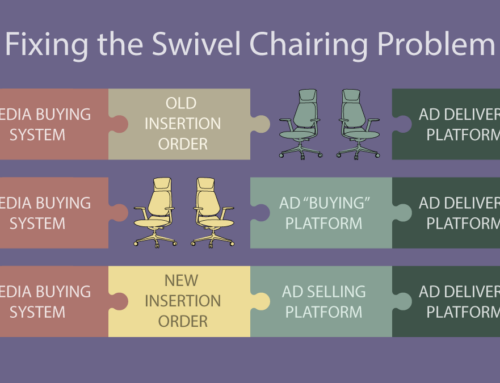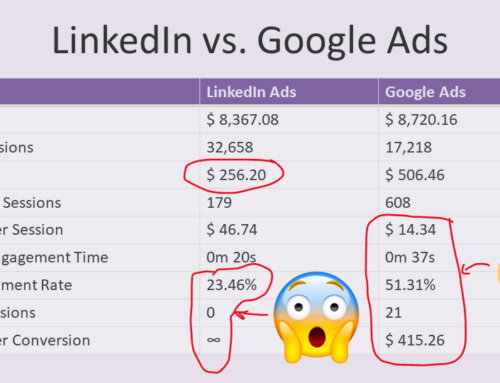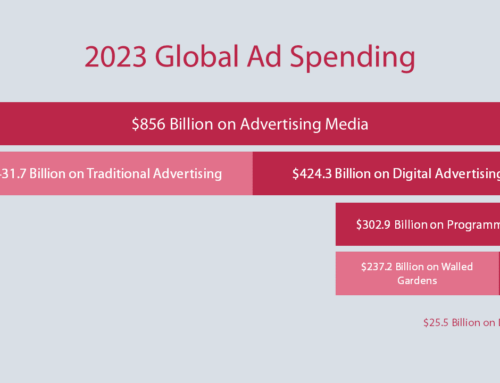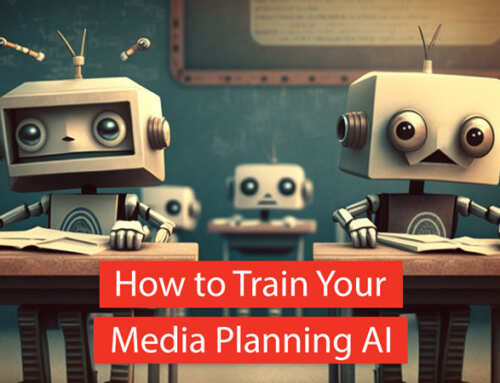“I remember to have heard of a notable Woman, who was thoroughly sensible of the intrinsick Value of Time: Her Husband was a Shoe-maker, and an excellent Crafts-man; but never minded how the Minutes passed. In vain did his Wife inculcate to him, That Time is Money: He had too much Wit to apprehend her; and he cursed the Parish-Clock, every Night; which at last brought him to his Ruin;”
– Ambrose Philips, 1719
With all the advanced technology in digital advertising today, you would think that placing an advertisement on a website would be as easy as clicking a button. Not so. In fact, the current reality is quite the opposite. It’s amazing how laborious, tedious, and expensive it is.
The Dirty Secret of Digital Advertising
Brian Morrissey wrote about this problem in “Beefing up Banner Ads”:
“The dirty secret of Web advertising is the actual process of buying and selling ads isn’t very efficient. Compared to the TV industry, where a few dozen players can move billions of dollars, the legwork it takes to execute a Web ad campaign is laughable. According to ThinkEquity, administrative processes eat up 28 percent of the costs in Web advertising versus 2 percent in TV.”
That 28% online versus 2% TV overhead statistic has been used in presentations by Google and countless others to put a spotlight on the inefficiency in the process of placing an advertisement online (and to justify big investments in new technology). It’s a statistic that may have launched a thousand startups.
Activity-Based Costing of a Media Plan
We recently took this research in a different direction with a study that asked the question “how much does it cost an agency to create and execute a digital media plan?”
By using Activity-Based Costing and understanding all the tasks, roles, time, and hourly costs involved with the process, we calculated that it takes an agency 482.5 hours and costs an agency $40,356.36 in labor costs to spend $500,000 assuming 10 sites with 10 placements each. In other words, on average it takes 48.25 hours and costs $4,035 to place an ad on a website.
That’s a lot of time and money.
The research showed 8% overhead expense in the agency’s media department (note: this number does not include creative and other expenses outside of agency media labor). This seemed high. However, in discussing this research with agency media executives, we learned that 8% is actually on the low side of the spectrum and that that 10-12% is a typical rule of thumb for digital media.
The Price of Accountability
Online advertising is often sold on accountability. This accountability comes at a price.
We found that 64% of the time spent on an online campaign is spent in implementation, execution, and reporting. Much of this time is spent manually copying and pasting data from one system to another because of lack of tools and integration. Microsoft Excel is still the tool of choice to fill the gaps and to tie it all together. TV does not have the extra burden of accountability at this level of detail (although that may change as TV becomes addressable).
Cost Advantage
This high-cost situation is ripe for disruption.
Cost advantage is a classic, powerful competitive advantage. Conversely, cost disadvantage is a classic weakness.
Agencies that employ inefficient manual processes and pass those costs along to their advertiser clients are in a risky position.
Procurement officers who look at this situation see an opportunity to squeeze out the inefficiency.
An Opportunity for Technology
Entrepreneurs who look at this situation see a big opportunity. It only takes a quick glance at Terry Kawaja’s Lumascape to be overwhelmed by the innovation in advertising technology. To date, this innovation has been largely directed at remnant inventory, which is a small portion of the spending in digital advertising. However, direct sold inventory is next.
Agencies have a window of opportunity to take control of the situation and to gain a competitive advantage.





